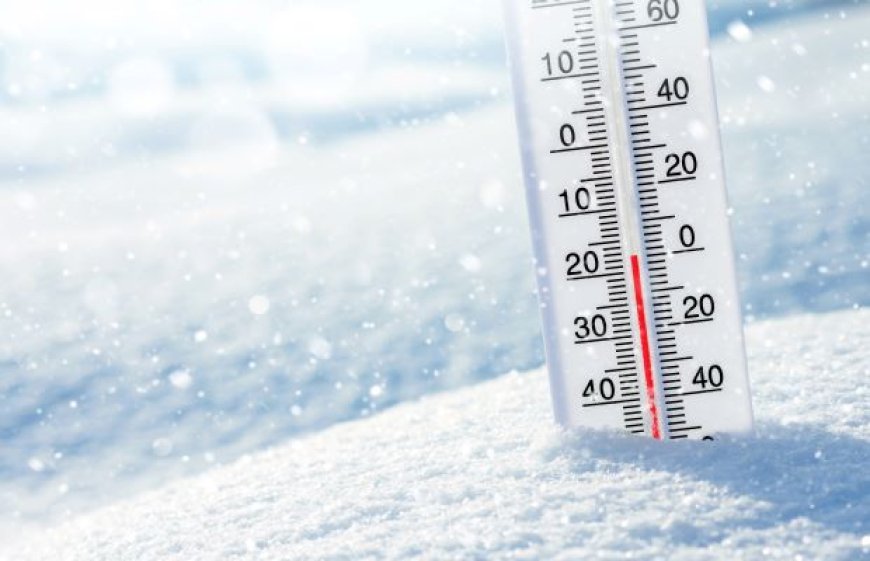Summer Freeze Warning: Wyoming Towns Plunge 50°F Overnight
A rare cold front plunged temperatures by nearly 50°F overnight in western Wyoming towns like Rock Springs and Green River, bringing freezing conditions in mid-August.

A dramatic cold front swept across western Wyoming, bringing freezing temperatures, widespread alerts, and sudden turmoil in the middle of summer. In some areas, overnight lows dropped a staggering 50°F, forcing locals to scramble for warmth in what felt more like an early winter night than August.
Where the Freeze Hit Hardest
Weather alerts were issued Thursday afternoon for Rock Springs, Green River, and surrounding high-elevation towns—communities usually accustomed to cool summer nights, but not sub-40°F temperatures out of nowhere. According to local reports, mountain passes and high desert basins saw rapid temperature plummets, dipping into the upper 30s and low 40s by Friday morning—nearly 50°F colder than daytime highs just hours before. (kgab.com)
Why the Drop Struck So Fast
Such abrupt temperature swings are typically triggered by an Arctic cold front rushing down from the upper Rockies or Great Basin. These “Pneumonia Front” events deliver bitterly cold, dry air into mountain towns, often causing fast, astonishing shifts in temperature. While more common in late spring or early fall, this summer plunge took residents by surprise—not just for the magnitude, but for its timing. (kgab.com)
Impact on Daily Life
-
School closures and delayed starts were reported as districts tested to ensure building heat systems held up.
-
Livestock caretakers and ranchers jumped into action, bringing animals indoors hours earlier and prepping shelters against the cold.
-
Travelers on mountain roads faced hazardous conditions—temperatures dropped so fast frost formed on pavement, causing slick, veiny hazards during the early thaw.
A Wake-Up Call for the Unexpected Nature of Summer Weather
This sudden freeze in mid-August is a stark reminder that summer weather can be volatile—even in typically warmer regions. Whether it's a cold front or localized high-elevation event, preparedness can make a critical difference.











